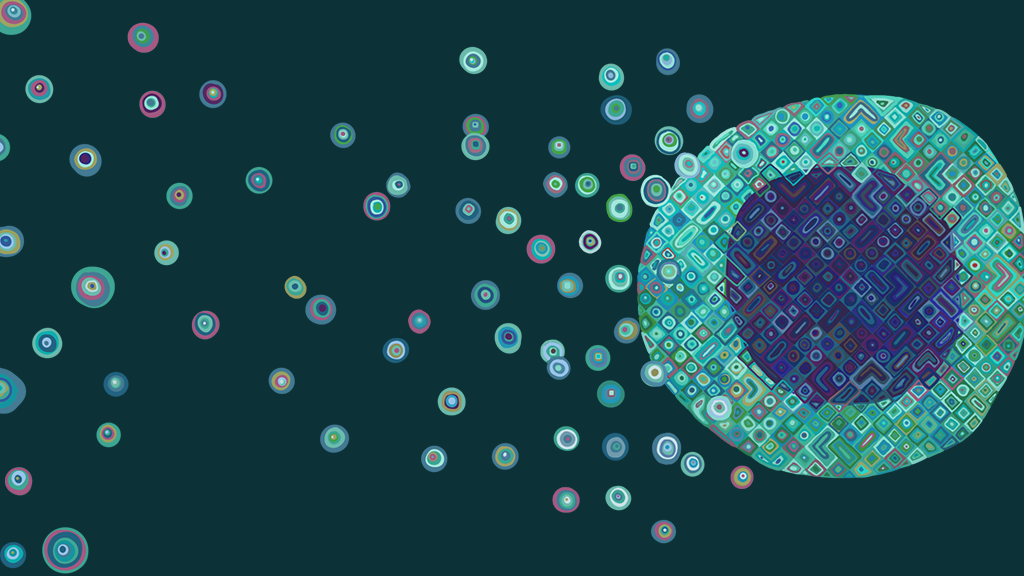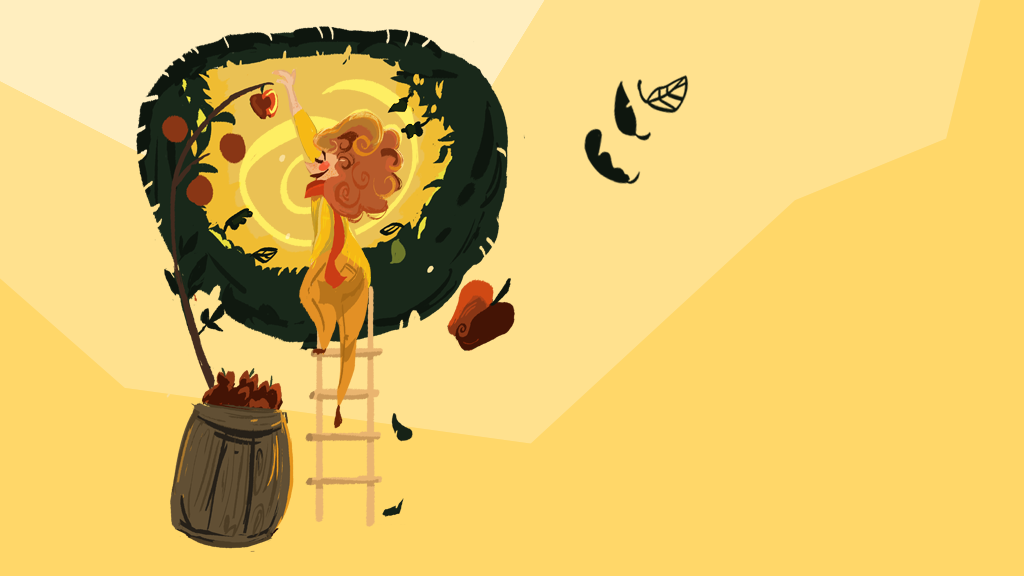Science aims to define natural and observable phenomenon as simplistically as possible. When scientists have to use words, issues can arise. The precise definition of scientific terms can be unclear or vary depending on context, and the expansion of scientific knowledge means that there is sometimes a delay for terms to catch up to newer, broader meanings. Boundaries are arguably difficult to define because many concepts exist on a spectrum.
“If you ask a hundred scientists what a species is, you’ll get a hundred different answers,” said Larry Buckley, associate dean for Academic Affairs and associate professor in RIT’s School of Life Sciences.
This is due to the distinctions people make when using scientific vocabulary. Using words that can have a range of meanings or interpretations to describe precise scientific meanings can be clumsy. Gregory Babbit, an associate professor in the School of Life Sciences, discussed how words are imprecise.
“I had a graduate adviser, Jane Brockmann, who said, ‘The words we choose are almost the most dangerous thing about science,’” he said. “Our knowledge base … is in our vocabulary. We use a lot of words [or categories] in science and put precise definitions on them because we think they have some meaning that’s precise. The reason the jargon exists in most fields is because of the precision you need when you speak to other scientists.”
Trying to restrict the meaning of words for precision can be useful as well as limiting. An example is the cell, which many define as the smallest unit of life. Although the pieces that make up a cell follow the same laws of physics and chemistry, those pieces aren’t defined as being alive. The cell is the first case of several emergent properties such as reproduction, a metabolism and response to stimuli, which biologists use to define life.
“Life versus non-life is kind of an arbitrary attempt to split. We already know the physical chemistry is the same.”
“It’s a way of attempting to make things simple. Life versus non-life is kind of an arbitrary attempt to split. We already know the physical chemistry is the same. There’s no ‘living force’ like many people would look for in the past,” Babbit said.
Defining Life
Babbit gave an illuminating example of something that’s hard to define as alive or not.
“A lot of the chemistry of the cell takes place on surfaces and there’s no reason why those chemical processes couldn’t take place on other types of surfaces like porous rocks,” he said. “[This could show, possibly, that] living chemistry actually started to evolve long before there was an envelope of a living cell.”
Biologists struggle to agree if scenarios like these can be defined as living. Andre Hudson, a professor from the School of Life Sciences, found it easy to define life.
“It comes down to metabolism. If you don’t have that, you’re non-living,” Hudson said.
Likewise, Buckley said, “I think there’s a much broader distinction between things that aren’t alive and things that are when you look at molecular structure.”
Hudson made a point about everyone’s tendency to mess up this categorization process.
“There are many instances of things that look like they are related, but actually on the genotype level, they are very distinct. There are [also] things that look very distinct but on the genetic level they’re almost a perfect match,” he said.
Distinguishing Life
Placing species on the tree of life can be challenging. Some things struggle to get on the tree at all. Viruses require a host to reproduce and don’t have their own metabolism, according to Scientific American.
“When I was in school, we didn’t say viruses were alive. Now some people say, ‘Of course they’re alive,'” Buckley said. “I don’t agree with what I was taught 35 years ago because I don’t see the distinction philosophically between a virus’ dependency on a host for reproduction and a tapeworm’s. I see [viruses] as having 99 percent of the characteristics that other living organisms have.”
Dogs are much closer to humans than viruses are, but there are obvious differences in appearance that can be the expression of slight DNA differences.
“We give them two entirely different classification terms that would imply that there are huge differences. But, if you were to look at every single protein, I think you would find that they don’t have a single protein that’s actually different,” Babbit said.
The genetic differences between humans and everything else are smaller than most would guess. According to Business Insider, we share 60 percent of our DNA with bananas, about 96 percent with chimps and 61 percent with fruit flies.
Human categorization is inelegant, and countless examples exist to illuminate this. It can be hard to define where life starts at the molecular level, and this may reveal an underlying issue. Babbit suggested there is a connection between biology and mineralogy.
“The more we study these two separate things the more they come together. The geochemistry of the earth depends on life and life depends on certain geochemistry. At some point, we might want to call it all the same thing. We’re not there yet but maybe biology will cease to exist,” he said.
This may reflect a trend yet to come. Chemistry and physics also have the potential to merge, and one day chemistry could be macro-molecular physics. As human knowledge expands, the gaps between previously specialized fields of study could diminish.
Human Tendencies
“Knowledge is a tension between trying to discriminate, which is essentially figuring out how things are different from each other, then trying to make sense of it all by having some kind of unifying theory around it. I think we all have a tendency to want to do both of those things. That’s how we reach for knowledge in almost two opposite ways,” said Babbit.
“It’s who we are; humans are biased by nature,” Hudson said. “I think it’s linked to evolution, and we wouldn’t be human unless we have those tendencies.”
Babbit corroborated this idea. “The bottom line is we should be careful,” he said. “We should know that it’s a tendency of our limited human brain to try to make sense of the world.”
This is often countered by our attempts to unify everything under all-encompassing theories.
“Those are the only two things we have,” Babbit said. “When you put them together, it creates tension in science, but it’s also what’s allowed science to progress.”






